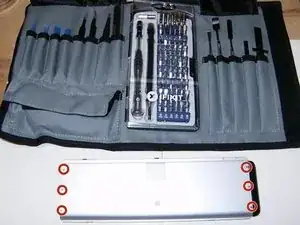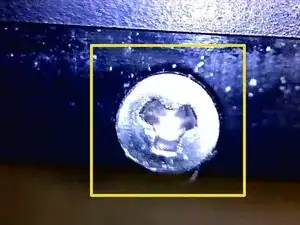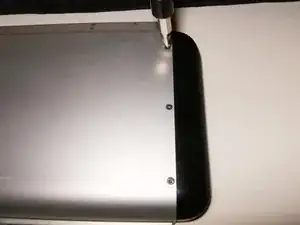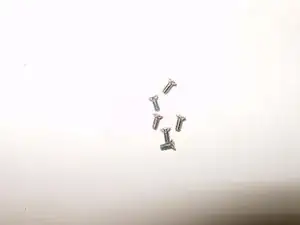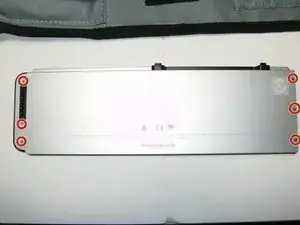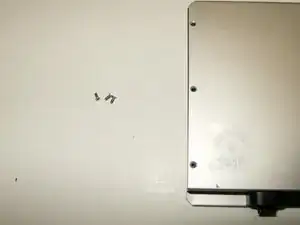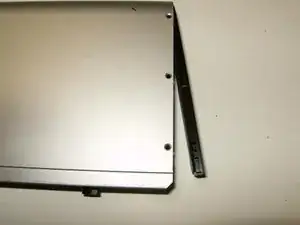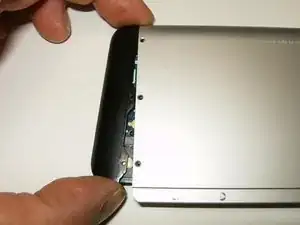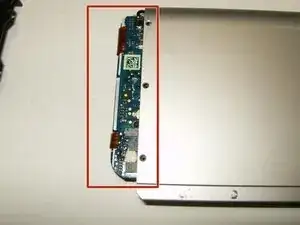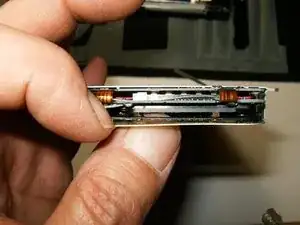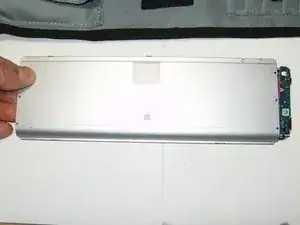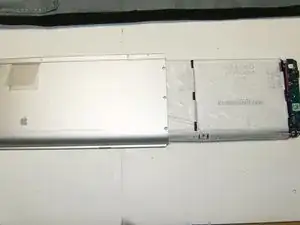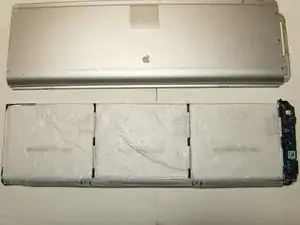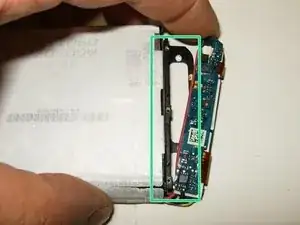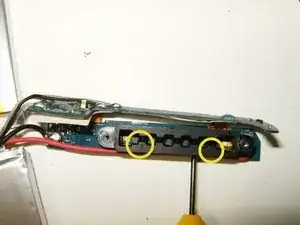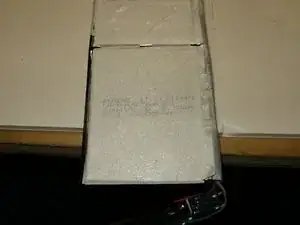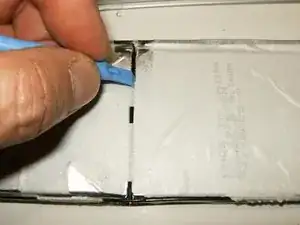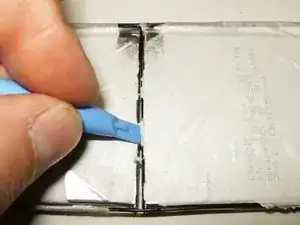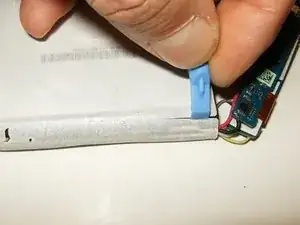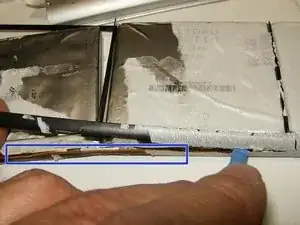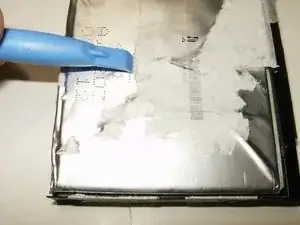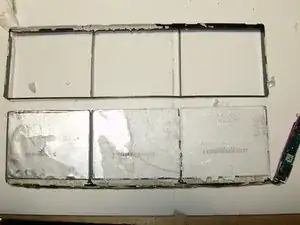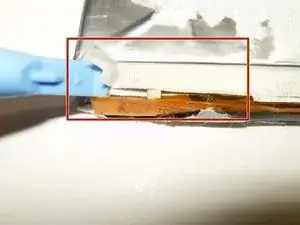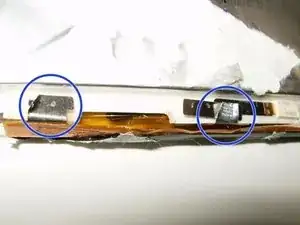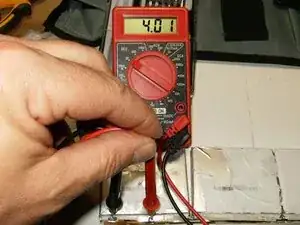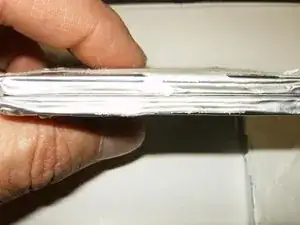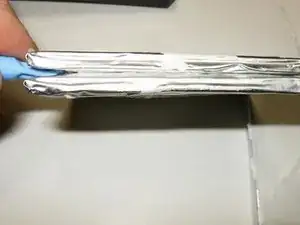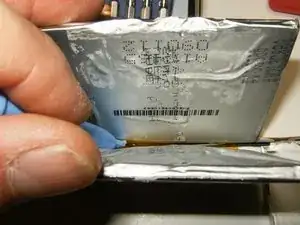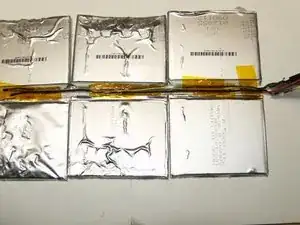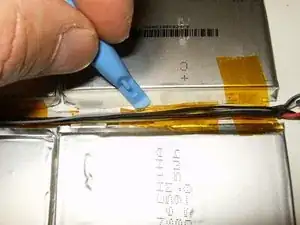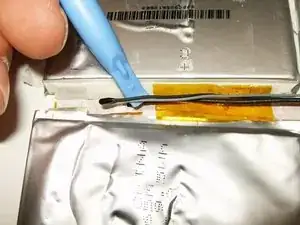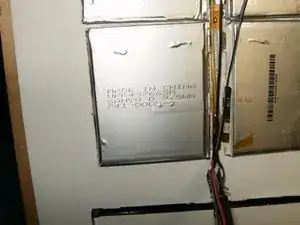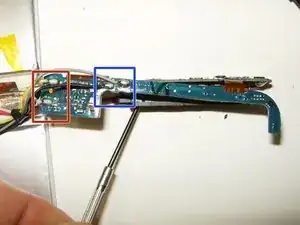Einleitung
Here is a MB772LL/A battery for a MacBook Pro A1281 that came into my possession for a not charging complaint. I figured it might come in handy to determine the composition of these batteries. All it will show is a quick and dirt teardown of the cells and the wiring. I will not even attempt to figure out the function of the two small logic boards. I do however imply that those are what makes the battery a "smart battery" that does more than just store energy. This teardown opened up a few new questions. As time progresses updates as for the individual circuit board and wire connections will be added.
Werkzeuge
-
-
The best tools for the job are ifixit's Pro Tech Toolkit. it does include the proper screw driver for this teardown.
-
There are six screws on either side of the battery that will need to be removed.
-
These are "triwing" screw heads and require the Y0 screwdriver from the Pro Tech Toolkit does fit perfect.
-
The screw heads are only 2mm in size. Proper seating of the screw driver, as well as a exertion of some downforce, will be required to make sure the screws can be removed.
-
-
-
Here are the six screws from one side. They are M1X4 in size. All screws are the same size, no need to separate those.
-
Remove the six screws from the opposite side of the battery.
-
Same size screws on this side.
-
-
-
with the screws removed, the endcaps from the left,
-
as well as the right side (rounded side), can now be removed.
-
Once the rounded endcap is removed, the batteries printed circuit boards are becoming visible.
-
-
-
Quick lateral view of the logic boards to ensure there are no other screws or fasteners. None are revealed.
-
The battery can now simply pushed out of the aluminum case from the straight end in the direction of the curved end
-
The individual battery packs are wrapped in some paper and slide easily.
-
-
-
Here is the battery removed from the aluminum case. The markings on the battery packs, showing through the thin paper, read " Made in China UPF497665M Sanyo B 9.5Wh 741-0005-A "
-
The individual battery packs, as well as the circuit boards, are held together in a thin plastic frame by the use of plenty of very sticky white paper.
-
Here is a look at the battery connector. The polarity is clearly marked. Even so the battery is rated as a 10.8V 50Wh, measuring the voltage on the - (black) and + (red) wires reveals 12V. This could mean that the voltage is reduced by the circuitry on the boards.
-
-
-
Here is once more the view of the imprint on the battery packs.
-
To separate the individual packs and to remove the thin plastic frame, a plastic tool is used.
-
A bit tedious but all the sticky paper must be separted. The paper is what creates the contour of the complete battery.
-
-
-
The cable side of the battery has some sort of plastic endrail. Remove the paper from the rail with the plastic tool.
-
A ribbon cable is situated underneath the endrail.
-
Removal of some of the paper from the battery packs (very tedious and difficult) reveals the manufacturers marking.
-
-
-
With all the sticky paper separated from the ends of the battery packs, the plastic frame can be removed.
-
The ribbon cable ends are covered by silk tape on the battery packs.
-
Removal of the tape shows that the connectors from the ribbon cable are spot welded to the battery.
-
-
-
The voltage on the individual pack shows 4.01V. Six individual packs, two in parallel and then in series connection, could count for the 12V.
-
There are three cells consisting of two individual packs. These are glued together.
-
Careful separation is performed with a plastic opening tool.
-
-
-
Visible here is the residue of the glue adhering two batteries together.
-
Six individual battery packs make up the complete battery. The battery wiring is routed through he center of the packs. It is secured by Kapton tape.
-
The Kapton tape is removed to inspect the wiring.
-
-
-
The grey and black wire are attached together and terminate in what is possible a temperature sensor. This is what may turn the charging process off should the battery overheat.
-
The yellow wire terminates at the second battery pack, the white at the first. The voltage at the yellow wire is 8Volt. The white does not carry any voltage, thus possibly part of the charging circuit
-
One more view of the termination on the top circuit board:
-
position of the grey/black wire (temperature sensor?).
-
position of the yellow/white wires (charging circuit?)
-
4 Kommentare
Well written.
Thanks
furbies -
Thank you for the great guide! Cleared up a lot of questions I had about this battery pack.
Can you explain the pinout diagram of the battery. Which one goes +/- output or charging plus, temp sensor, for all 6 pins.
